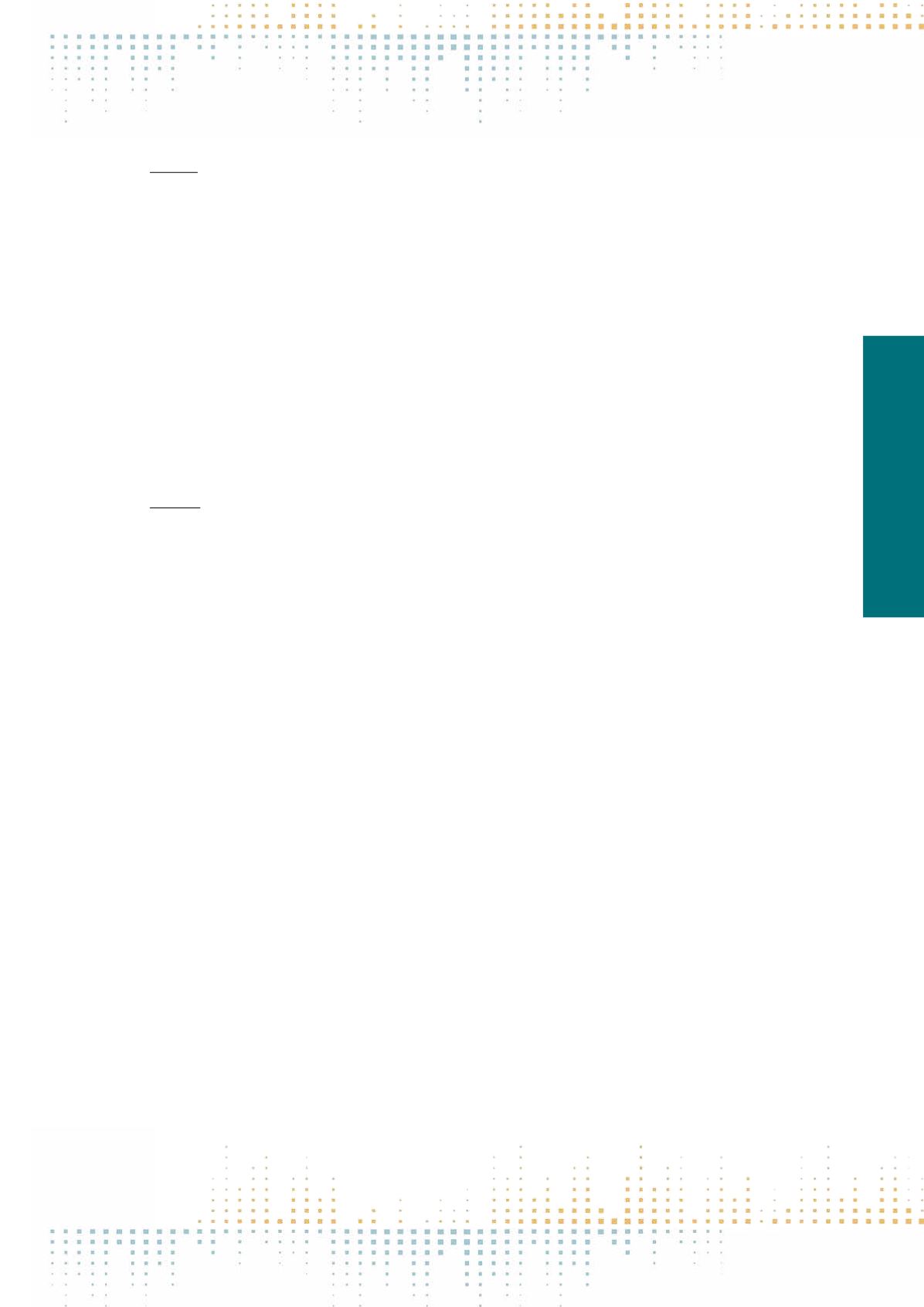

439
Friday, November 11
1 6 : 0 0 – 1 7 : 3 0
PN 216
‘It Needs to Reinvent Itself or Die’: The Production Ecology of Arts Television
C. Noonan
1
1
Cardiff University, Cardiff, United Kingdom
Television programmes about the arts have been a feature of broadcasting schedules since the earliest days of television and continue today, albeit now
largely confined to public service broadcasters like the BBC and Arte, and a small number of niche commercial channels like Sky Arts. However, despite its
longevity and centrality to public service values, the future of the arts on broadcast television in the UK is far from certain. Therefore, this paper examines
the production ecology for arts content and how this ecology is negotiating change. Framing this research as an analysis of a genre ‘ecosystem’, a metaphor
first used within the Chicago School but more recently adopted by media scholars (Wahl-Jorgensen 2016), allows us to understand production as an array
of practices, values and interest groups. These groups often work in complex forms of competitive collaboration to shape, preserve and innovate a genre.
To understand this ecosystem the research uses interviews with decision-makers, programme makers (including commissioners, channel controllers, and
independent producers) and arts organizations to understand the current production context of arts programmes. The research argues that arts as a televi‑
sion ecology is distinct and workers negotiate a unique set of challenges (for instance around their relationship with the art world and how the television
audience is conceived). While there have been attempts by various groups to ‘reinvent’ the genre its sustainability in the long term is under threat due to
direct production pressures (such as decreasing budgets) but also industry-wide uncertainty around how to measure and communicate subjective forms
of public value. Therefore, the paper concludes by considering what is at stake for broadcasters, indies and audiences if a genre, especially one which is
associated with public value, disappears from British television schedules? Wahl-Jorgensen, K. (2016) The Chicago School and Ecology: A reappraisal for
the digital era. American Behavioral Scientist. Vol. 60, No. 1, pp: 8–23.
PN 217
The Impact of Smartphones, Mobile Media and Technology on the British Television Industry and the Content Is Produces
I. Sørensen
1
1
University of Glasgow, Glasgow, United Kingdom
The arrival of 4G and the massive uptake of smartphones and tablets are having a profound impact on the form, genre and quality of content produced
as well as the financing, production and distribution of all audiovisual content today, and so too on ‘television’ as content and as an industry. Today, 54%
of UK households have a tablet, 30% of all Brits have a 4G mobile subscription, and 66% a smartphone rising to 90% of 16–34 year olds. 72% of all Brits
watch video on mobile devices at least every week and 98% 16–34 year olds do this every day. 25% of all viewers and 60% of 16–34 year-olds habitually
watch and interact with content on two or more screens simultaneously (Ofcom, 2013a; 2013b; 2015; Brittin, 2015). These new viewing affordances that
internet-enabled portable screens offer are re-shaping viewer behaviour, and driving changes to the form, platforms and notions of quality of content
(Lee and Andrejevic, 2014; van Dijck and Poell, 2014). This in turn affects ‘television’content as well as impacts on the industry that produces this, in terms
of the producers, production companies and players possible within the production ecology. This complicates the mesh of existing and emergent business
models in the screen industries, and, in turn, the British television industry. Approaching this from a cultural economic and production studies perspec‑
tive, this paper reflects on how the TV companies, producers and executives of the British television industry see their current roles and priorities within
the multi-platform and multiple device environment and the reasons why they are directing their attention to specific content, platforms, and distribution
forms. Based on participant observation, interviews and industry data, the article argues that mobile media is having a profound impact on the British
production sector, the content it produces and the platforms this is distributed on. In order to understand and describe the players and practices that make
up the ‘television industry’today, it is necessary to rethink how content is defined and where it appears. There is also a need to reconsider who the content
producers, broadcasters and distributors are within this industry, and include a wider spectrum of producers as well as the telecoms, aggregators and social
media networks as funders and distributors of audiovisual content. These reconfigurations impact not only on ‘television industry’ itself and the content is
produces but also on how arts bodies, policy makers and academics need to approach this ecology. Brittin M. (2015) Digital Keynote. Guardian Edinburgh
Television Festival, UK. Lee HJ and Andrejevic M. (2014) Second-Screen Theory. In: Holt J and Sanson K (eds) Connected viewing : selling, streaming, & shar‑
ing media in the digital era. New York and London: Routledge, 40–61. Ofcom. (2013a) The Communications Market 2013. London: Ofcom. Ofcom. (2013b)
Public Service Broadcasting Annual Report 2013. Ofcom. London: Ofcom. Ofcom. (2015) The Communications Market Report. London: Ofcom. van Dijck J
and Poell T. (2014) Making Public Television Social? Public Service Broadcasting and the Challenges of Social Media. Television & New Media 16: 148–164.



















